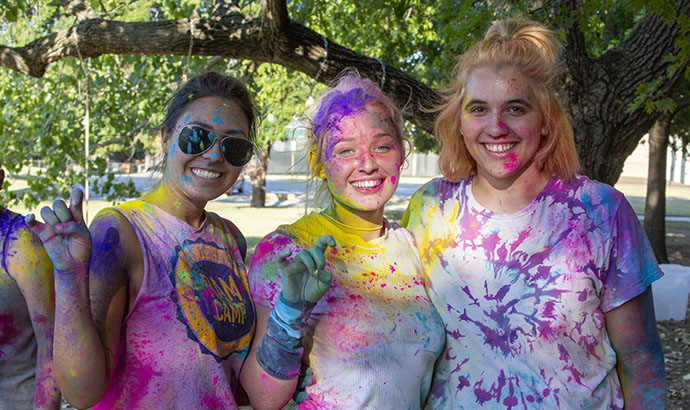Nurse Anesthesia: How it All Started

Anesthesia could be one of the most influential discoveries in medicine. Before it, surgery was a terrifying last resort and only a few procedures where possible. Anesthesia opened the door to more controlled surgery, and allowed surgeons access to otherwise unthinkable areas of the body, like the chest, abdomen and skull. Nurse anesthesia has a long and interesting history.
History of Anesthesia
To understand the history of nurse anesthesia, you first need to learn about the history of anesthesia itself.
The first recorded anesthetic use was in the early 1800s, when doctors discovered the anesthetic properties of chemicals like chloroform and nitrous oxide.
In 1846, a dentist named Dr. William T.G. Morton teamed up with a Massachusetts General Hospital surgeon, John Collins Warren, to perform the first publicly-administered surgical procedure using anesthesia. Morton had been on the hunt to find an alternative to nitrous oxide and proved that ether could be an effective anesthesia.
In 1932, doctors began to use barbiturates as an anesthetic intravenously. In 1977, propofol was introduced and is still used today.
Notable Pioneers
The first known nurse anesthetist was Sister Mary Bernard, who began working at St. Vincent’s Hospital in Erie, Pa. in 1887. Many early nurse anesthetists were nuns, as many hospitals at the time were founded by religious organizations.
Perhaps the most well-known nurse anesthetist is Alice Magaw, who worked for what is now known as the Mayo Clinic. Magaw was nicknamed the “Mother of Anesthesia” by Dr. Charles Mayo himself. Magaw, with the help of Mayo, dove in to research and experimentation on anesthesia and its complications. She released her findings throughout the late 1800s and early 1900s, resulting in nurses and doctors from around the world traveling to meet, observe and learn from Magaw.
Nurse Anesthetist Education
In 1908, at a hospital in Cleveland, Ohio, Dr. George Crile appointed a nurse named Agatha Hodgins as his anesthetist. Hodgins was a natural and was soon showing other nurses and doctors how to administer anesthesia.
The first formal nurse anesthesia educational program was implemented at St. Vincent’s Hospital in Portland, Ore. by Agnes McGee in 1909. To meet the demand of nurse anesthetists needed to aid in World War I, nurse anesthetist programs began popping up nationwide.
Crile and Hodgins traveled to France in 1914, where Hodgins used her teaching skills to educate French and British doctors and nurses on her anesthesia practices. When Hodgins came back to the United States, she established the Lakeside Hospital School of Anesthesia. Graduates of this school formally established the American Association of Nurse Anesthetists (AANA) in 1939.
In the following years, leaps and bounds were made to establish standards in the field:
- 1945: The AANA offers its first certification exam
- 1952: Nurse anesthesia educational programs are accredited
- 1978: Continuing education is made mandatory
- 1986: A bachelor’s degree in nursing or related field is required to enroll in a nurse anesthetist program
- 1990: An entry-level CRNA must have a master’s degree in nurse anesthesia
- 2025: A doctoral degree in nurse anesthesia will be required for entry-level CRNAs
The Future
Is becoming a CRNA in your future? Check out these three reasons why the time to become a CRNA is now. Ready to take the next step and apply for an anesthesia degree, contact one of our admission counselors today.
Feature Photo Credit: Christine Berg (original photo modified)







